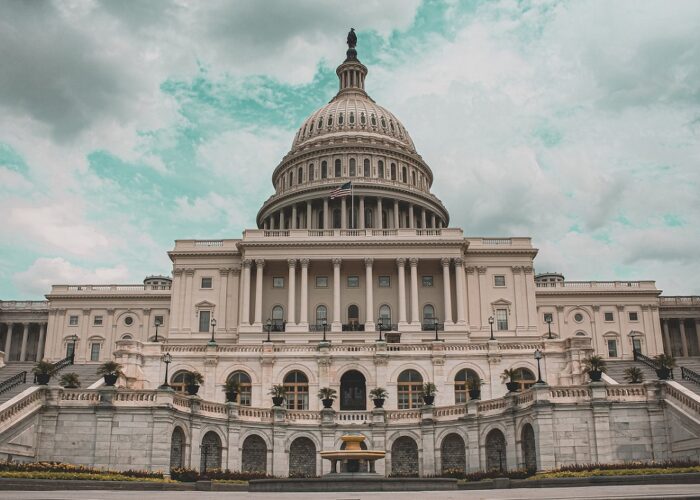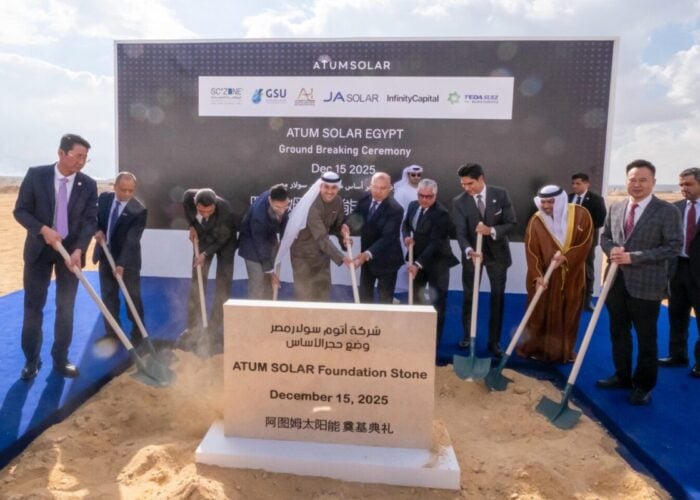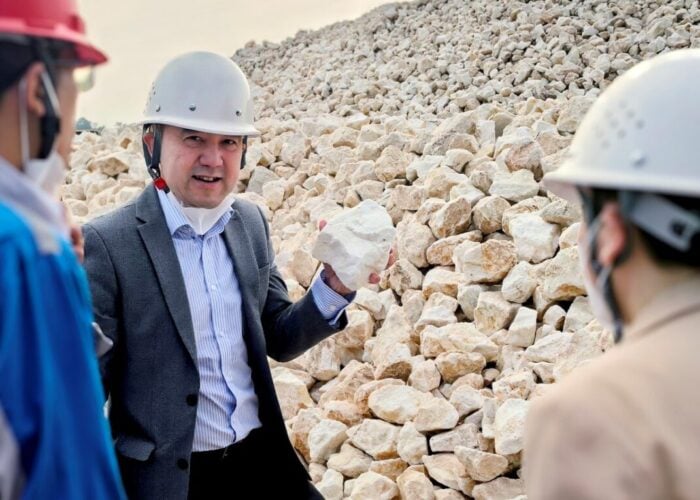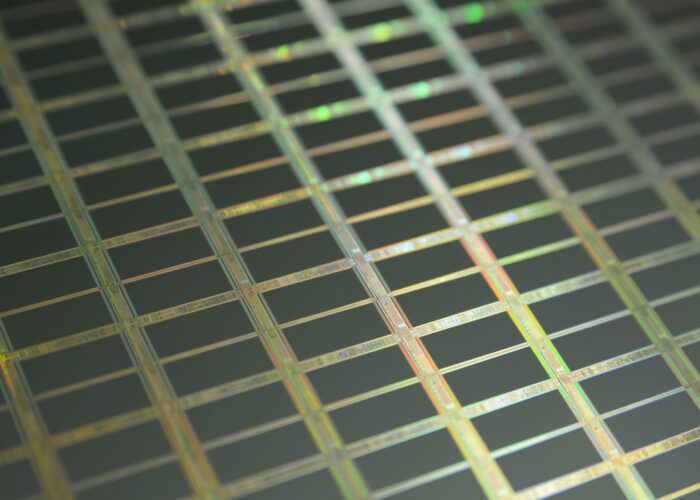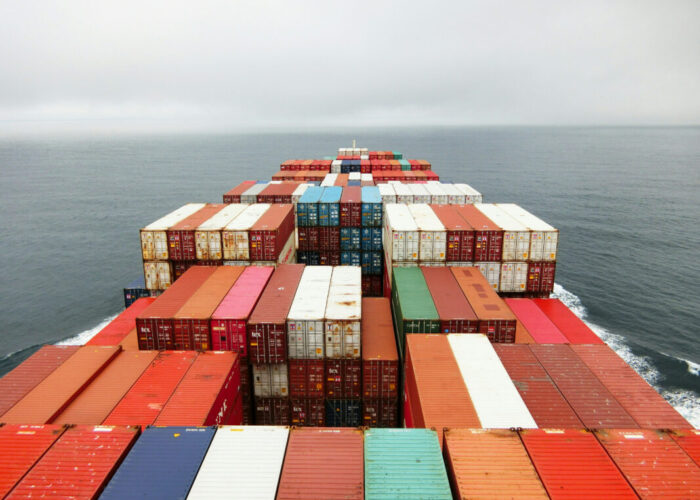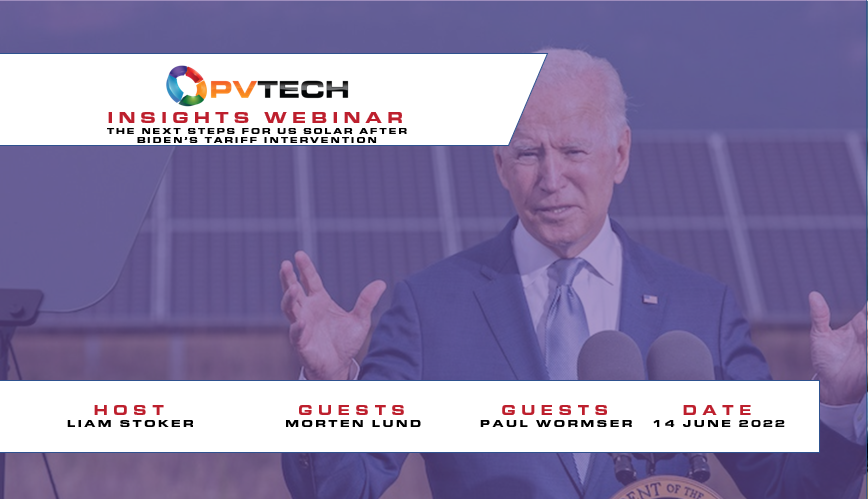
Despite US President Joe Biden’s AD/CVD intervention, US solar continues to face delays owing to a “bubble” of demand that has built up over the last year.
However any prospective legal challenge to the waiving of tariffs faces an uphill struggle given the timelines involved, PV Tech’s latest Insights webinar has heard.
Try Premium for just $1
- Full premium access for the first month at only $1
- Converts to an annual rate after 30 days unless cancelled
- Cancel anytime during the trial period
Premium Benefits
- Expert industry analysis and interviews
- Digital access to PV Tech Power journal
- Exclusive event discounts
Or get the full Premium subscription right away
Or continue reading this article for free
PV Tech was joined earlier this week by Clean Energy Associates’ Paul Wormser and Stoel Rives’ Morten Lund to discuss President Biden’s two-year waiving of anti-dumping and countervailing tariffs on solar cells and modules originating from Southeast Asia and, crucially, the next steps for the markets in light of the intervention.
While Biden’s executive action has undoubtedly removed uncertainty in the marketplace and opened up module supply, there remains a “bubble” of demand that has been building since the Biden administration’s withhold and release order on imports containing products linked to silicon metal provider Hoshine. That order prompted the seizure of some solar module shipments at the US border, complicating supply.
That bubble was further exacerbated by the risk posed by the Department of Commerce’s AD/CVD investigation and the latent demand will “take some time to be worked through”, Wormser said, adding that most manufacturers are now sold out through this year, with some sold out into 2023 and 2024.
There is good news for developers, EPCs and other importers however with the verdict that any prospective legal challenge to the executive action – which has been mooted as a possibility – faces an “uphill struggle” given the two-year time limit on the waiver, as discussed by Lund.
The full webinar can be viewed on demand below.

